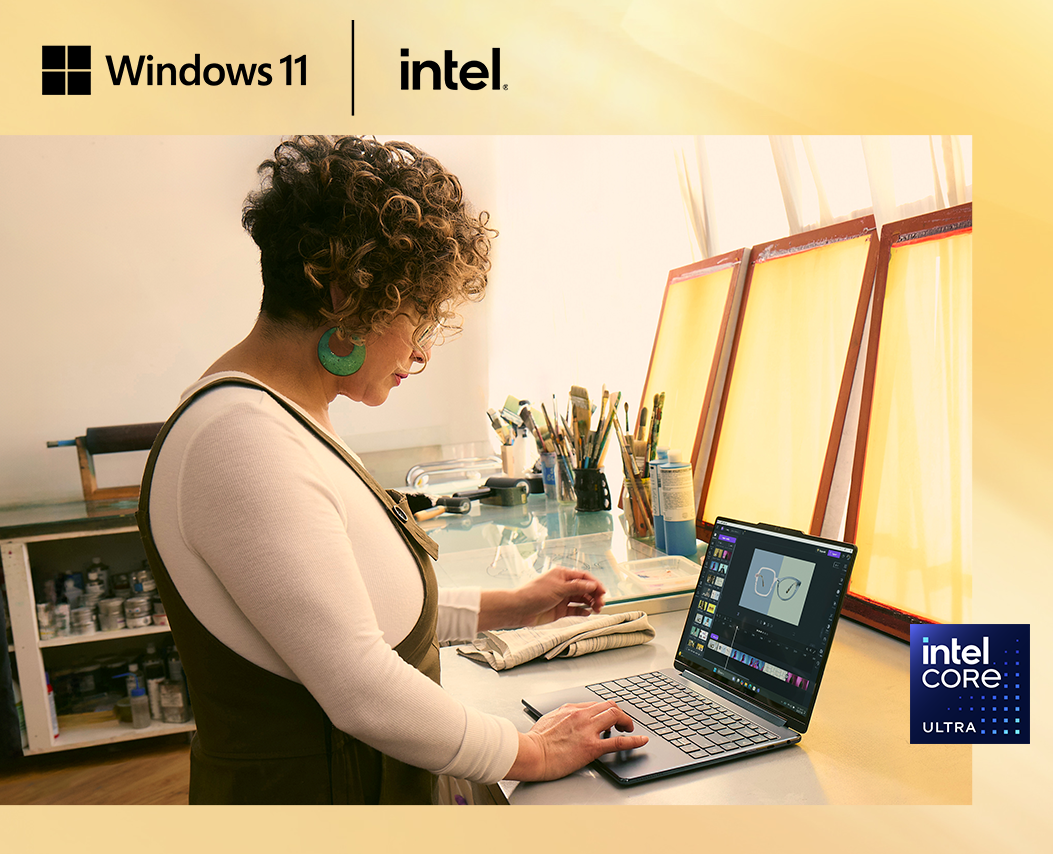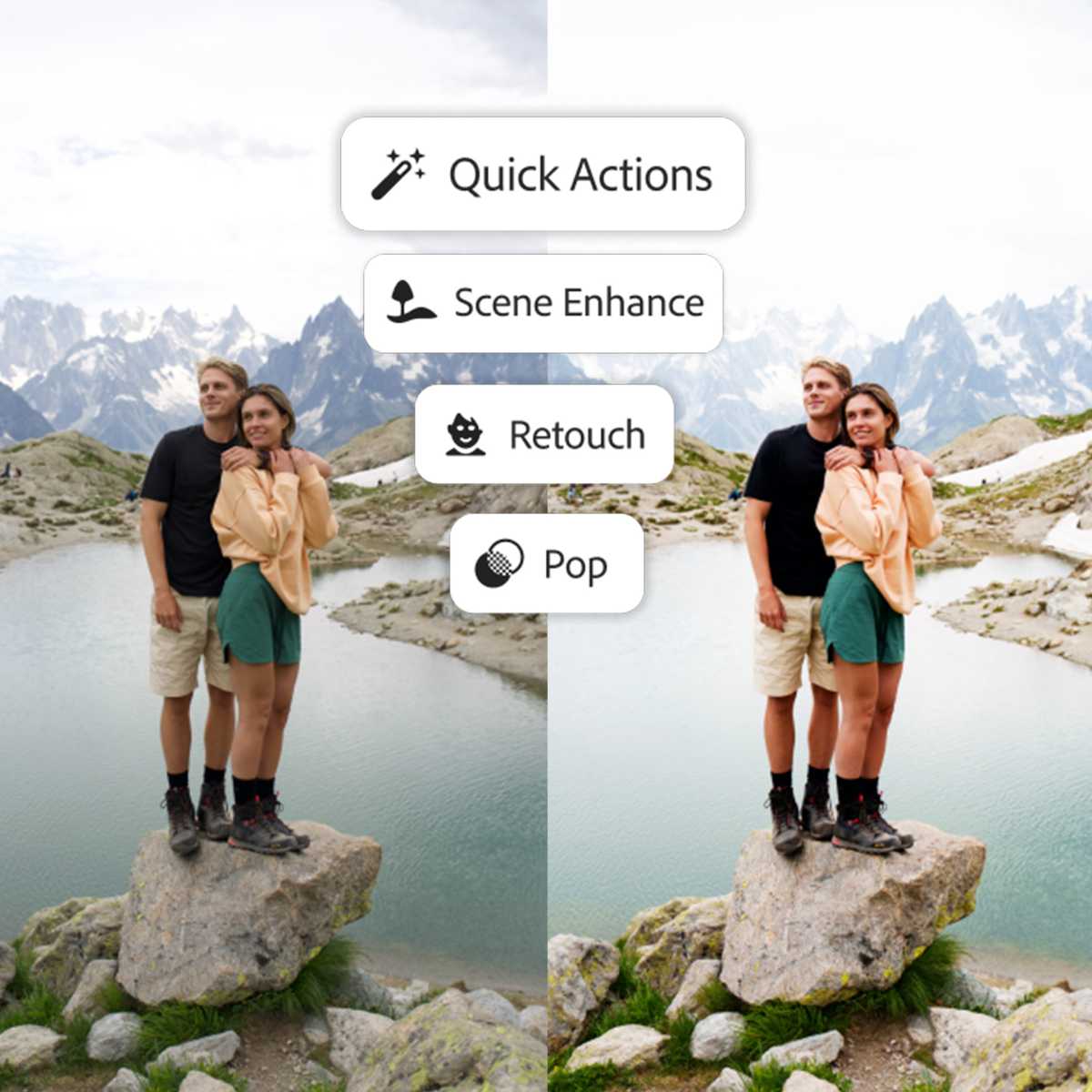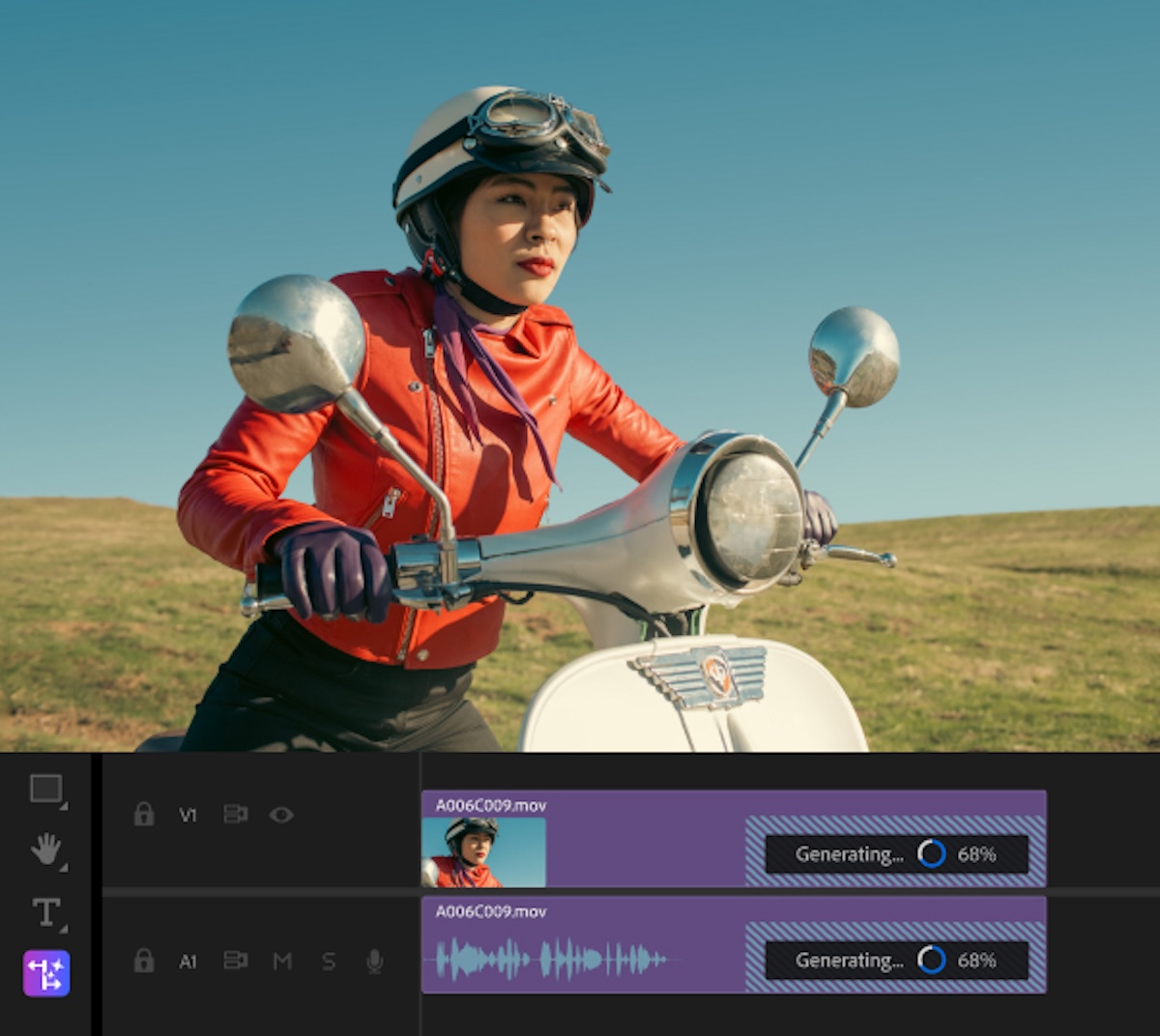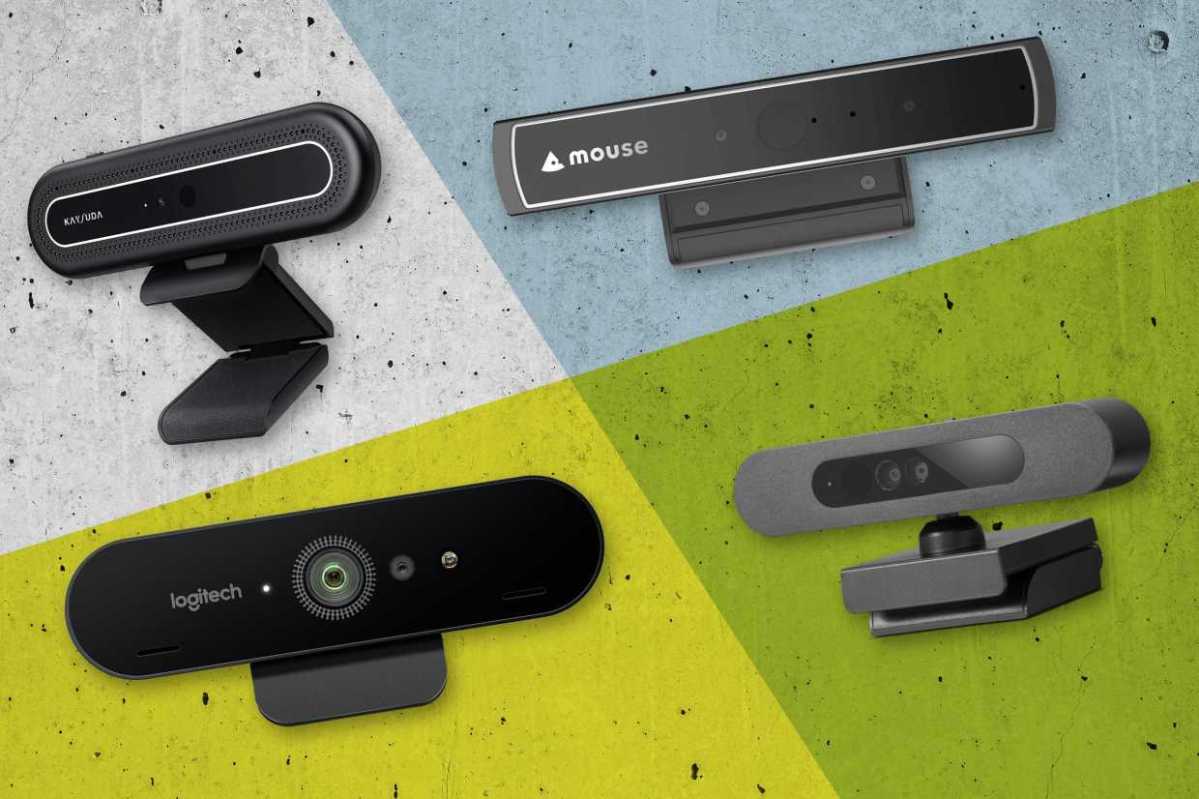19 AI-infused apps that prove NPUs are already changing how we work
作者:Author: Thomas Joos, Contributor, PCWorld
Since Intel integrated a dedicated Neural Processing Unit (NPU) into modern notebooks with the Core Ultra processors and AMD with the Ryzen AI series, the software landscape has visibly changed. Applications from various fields, such as image processing, video production, communication and document processing, are increasingly using this specialized hardware to execute AI functions locally, becoming faster and more energy-efficient.
Frameworks help developers to program applications that also offer NPU support. This is no longer just about computing power, but about an entirely different user experience.
Programs start more quickly, AI functions respond without waiting times, and offline operation enables users to work with AI services even without an internet connection. For users, this means uncomplicated access to professional tools. New automation options open up in everyday office life, and professionals benefit from time savings and greater reliability.

Intel
Image editing and visual creativity
Adobe Photoshop integrates the NPU in functions such as “Generative Fill”, intelligent selection or automatic retouching. Whereas it used to take several seconds to remove an object from a high-resolution image, often at the expense of system performance, this process now runs in the background without delay.
If you want to edit a group photo and remove distracting passers-by, you can see the result as you move the mouse. Fine selections such as hair or transparent fabrics can also be intuitively masked with AI support. For amateur users, this means agency-level results without GPU load. For companies, this means scalable editing even on mobile devices that are used on the move.

Adobe
Lightroom Classic and Lightroom CC use the NPU for AI-supported noise reduction in RAW files, among other things. Anyone who takes photos while travelling and wants to present the results on location can denoise, color-optimize and export dozens of images in just a few minutes.
The masking functions, for example for separating the sky or people, also work in real time. Instead of an exported filter on series photos, editing is individualized and precise without the computer reaching its limits.
Capture One also benefits from the NPU, especially with the automatic cropping functions (“AI Crop”) and look equalization (“Match Look”). A typical example: a wedding photographer loads 500 images into the library, selects a reference image with a particularly atmospheric lighting mood and the software transfers this aesthetic to all other motifs. Instead of hours of reworking, a consistent set is created in minutes.
In the case of Affinity Photo 2, it’s clear that even smaller providers are using the NPU to significantly speed up their filters. Functions such as “live relight”, clipping by AI or automatic color adjustment run so smoothly that they’re no longer perceived as workflows, but as creative tools. The system remains responsive even with multiple images open.

Adobe
Luminar Neo demonstrates the possibilities of NPUs particularly clearly with functions such as “Supersharp AI” and “Upscale AI”. Anyone who wants to improve blurred animal photos or upscale old mobile phone photos to print size can now do this without the cloud or waiting time. A series of photos can be optimized in one go without blocking other processes in the system.
Visual effects and video editing
In Adobe Premiere Pro, editing functions such as automatic subtitling, scene recognition and audio transcription benefit from NPU acceleration. A video producer who creates content for social media on a daily basis can drag their recording into the timeline and the program will analyze voices, make cuts, and add subtitles during playback. In combination with the GPU, this leaves enough resources for color grading and export.

Adobe
DaVinci Resolve Studio utilizes the NPU via its Neural Engine. Face recognition, object tracking or smart masking no longer require a separate rendering phase. You can color-correct a fashion shot and directly generate several alternatives and compare them immediately. The program remains responsive even with 4K video material. This is particularly useful for mobile workstations with limited cooling capacity.
CapCut, a widely used editing software in the creator sector, reacts immediately to hardware changes. Background removal at the click of a mouse, automatic adjustment to music rhythms or face tracking in a vlog—all this runs in real time on an NPU-based system. Anyone who produces several videos a day for TikTok, YouTube Shorts, or Instagram saves time and at the same time reduces the effort required for manual corrections.
Camo Studio users can also benefit. The software transforms simple webcams into studio equipment with background blurring, color adjustment, or automatic brightness control. It delivers a clear, professional image without external hardware, particularly in a corporate environment for hybrid meetings or customer discussions.
Music and audio analysis
Djay Pro uses the NPU to split tracks into individual audio tracks. To spontaneously remove a vocal or isolate the bass at a live gig, all you need to do is work directly in the running track in real time. The performance remains stable without the need for a separate server or a powerful interface. The workflow also works smoothly in the home studio.
For content creators and podcasts with multiple speakers, local voice separation enables subsequent editing of volume, EQ, and compressor, separately for each track, without prior manual assignment.
Productivity and office applications
Microsoft Copilot utilizes the NPU in Office applications such as Word, Excel and Outlook. In Word, complete text drafts can be created with just a few key points—including style suggestions. In Excel, Copilot analyzes data sets, identifies outliers, and recommends suitable chart types. In Outlook, Copilot helps to manage the daily flood of information by automatically summarizing incoming emails. All of this is done locally without sending data to the cloud. This is a clear security advantage, especially for companies with sensitive content or public authorities.

IDG / Mark Hachman
Windows Recall uses the NPU to semantically analyze work processes. If you want to search through several files, chats, and browser windows at a later date, you can reconstruct the exact work situation later using a search term or visual representation.
Content can also be found weeks later, which is a huge step forward for knowledge workers, lawyers, or technical editors. Recall creates screenshots of the screen for this purpose.
Paint Cocreator creates illustrations based on text or simple sketches. A team leader who wants to visualize a new campaign idea can create a preview with two lines of text without having to start Illustrator or Photoshop. The results are created locally, in seconds.
LiquidText uses AI to analyze the content of long documents. The software extracts key statements from specialized texts, studies or reports, creates links and allows structured notes. This makes work much easier for students, lawyers, or analysts. And thanks to the NPU, it even works on light devices without waiting times.
Studio Effects improves the presentation in video calls. Eye contact correction, background blur, and image centering are calculated in real time via NPU, even with a weak webcam and without GPU load. This significantly increases professionalism, especially in professional meetings or in the home office.

Rob Schultz
McAfee uses the NPU in its Deepfake Detector. Audio and video material is analyzed locally without the need to upload recordings. Manipulations or synthetic content can be recognized directly, a function that is becoming relevant for financial companies, media, or law firms.
BufferZone analyzes websites, attachments and links in real time. Phishing attempts, spoofing, or suspicious scripts are recognized as soon as they’re opened. As the analysis takes place locally on the NPU, it’s also effective without a network connection.
Cephable relies on multimodal control. People with motor impairments can operate their PC using head movements, voice, or facial expressions. The NPU ensures that these signals are recognized and interpreted without delay, even when software is running in parallel in the background.
AI frameworks and development environments
The ONNX Runtime allows developers to execute their own AI models specifically on the NPU. It does not matter whether the model was trained with PyTorch or TensorFlow, it’s converted into an optimized format using conversion tools.

IDG
With its NPU Acceleration Library, Intel offers targeted optimization of AI operations on Core Ultra processors. Developers who write applications for image analysis, classification, or language can adapt them directly to the hardware.
The Olive toolkit from Microsoft supports model conversion, optimization, and compilation. Applications such as “Generate by Iterate.ai” or “NITRO” are based on this infrastructure and show that even language models such as GPT can run locally without a permanent online connection.
Gaming and real-time processing
OBS Studio uses the NPU for background removal and noise suppression during streaming. Even an indie streamer with standard equipment can stream gameplay in 1080p and use the face camera at the same time—without any loss of FPS or annoying background noise.
Topaz Video AI reconstructs old recordings, increases the resolution and removes artefacts. On modern laptops with an NPU, these processes run in a fraction of the time it used to take—a decisive advantage for video archives, YouTubers, and content editors.
The first game producers are also experimenting with locally running AI for NPC behavior, dynamic dialogues or procedural animations. Thanks to the NPU, these elements can be realized in real time without a server connection, which opens up a new dimension for immersive gameplay.
Conclusion
NPUs are more than just a hardware trend —they’re changing the way software works. Creative, office, development, and security applications are all using NPUs to reduce response times, enable offline functions, and distribute resources more efficiently.
Anyone using an NPU-enabled notebook benefits not only from individual features, but also from a fundamental change in the system architecture. The number of supported applications is growing continuously, as is the potential for new, intelligent workflows.
This article originally appeared on our sister publication PC-WELT and was translated and localized from German.
关于《19 AI-infused apps that prove NPUs are already changing how we work》的评论
暂无评论
